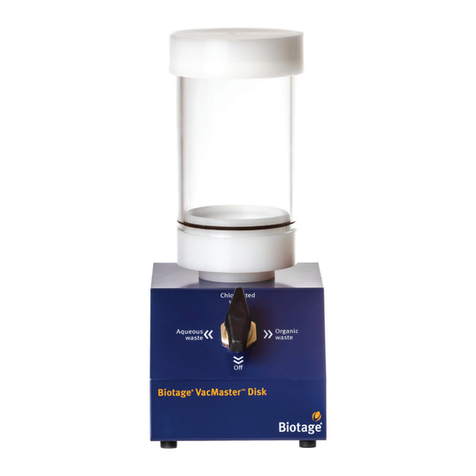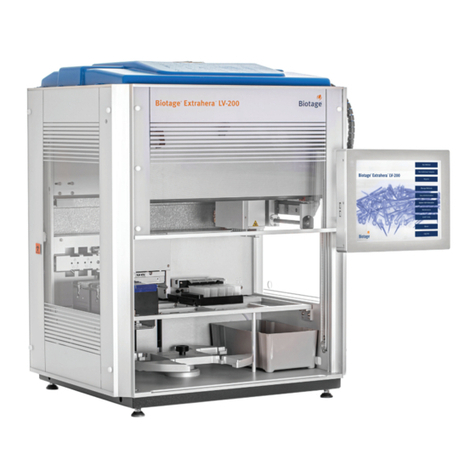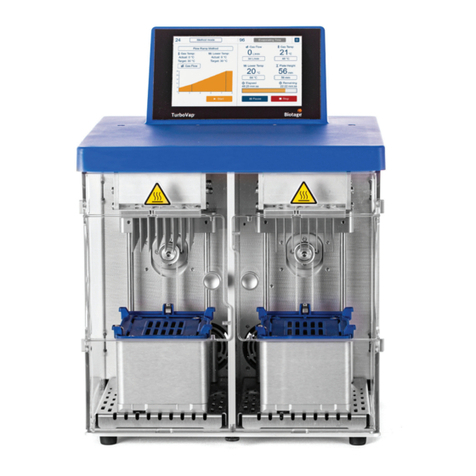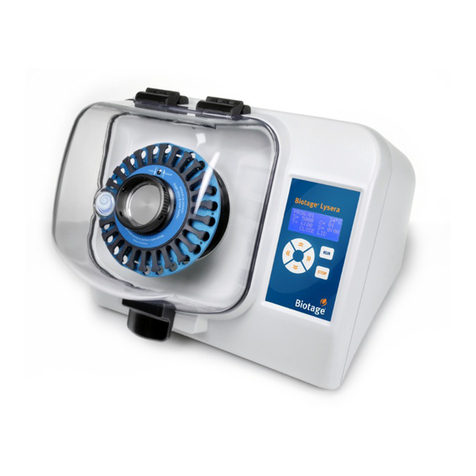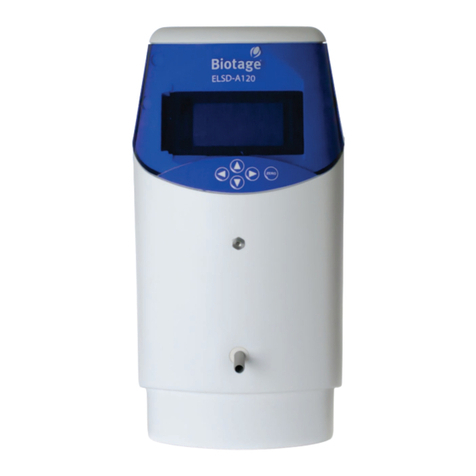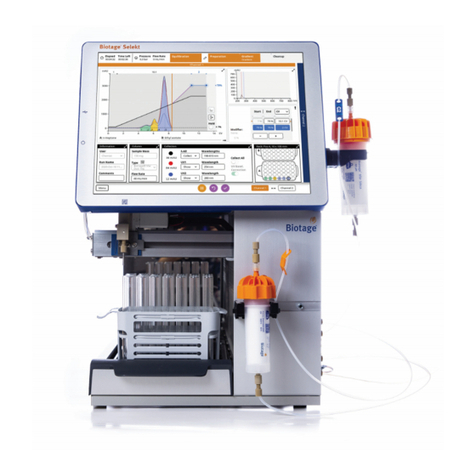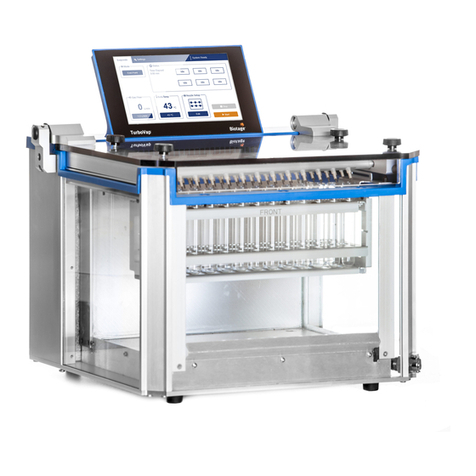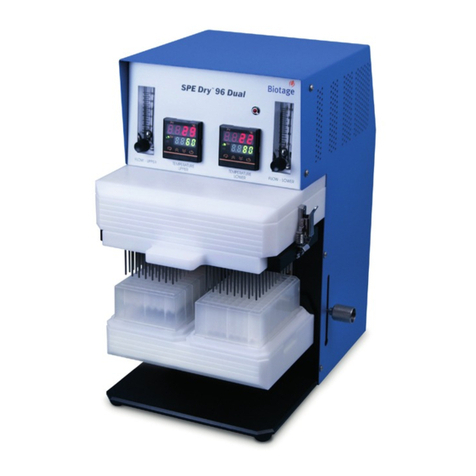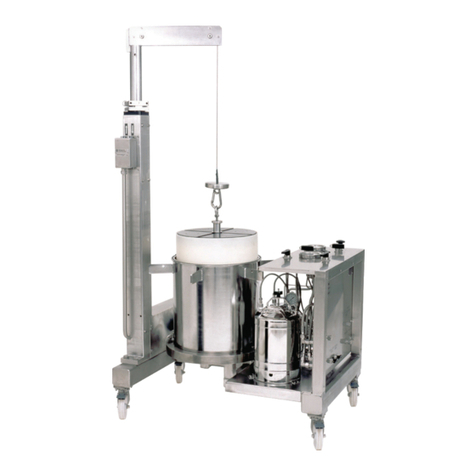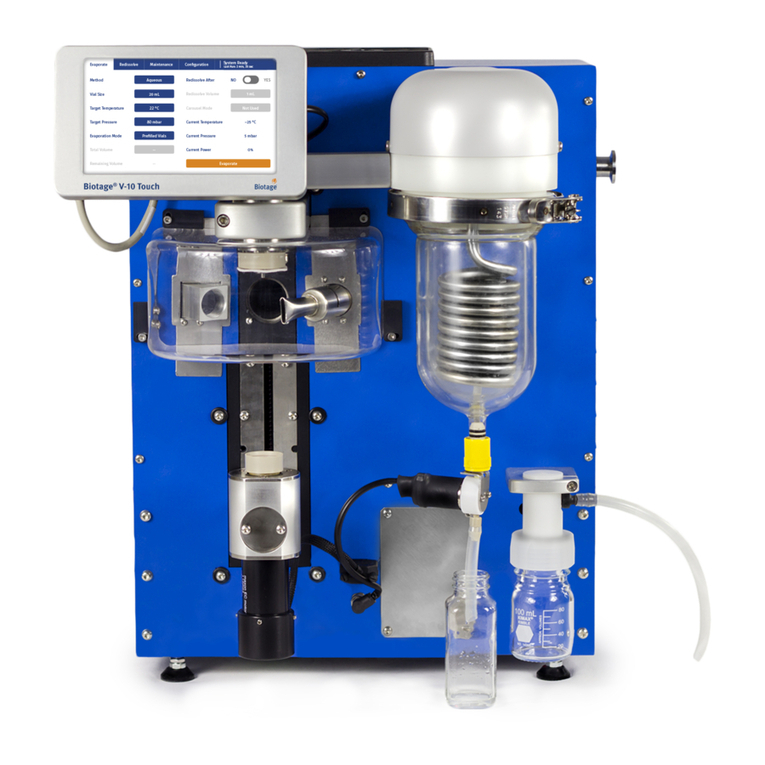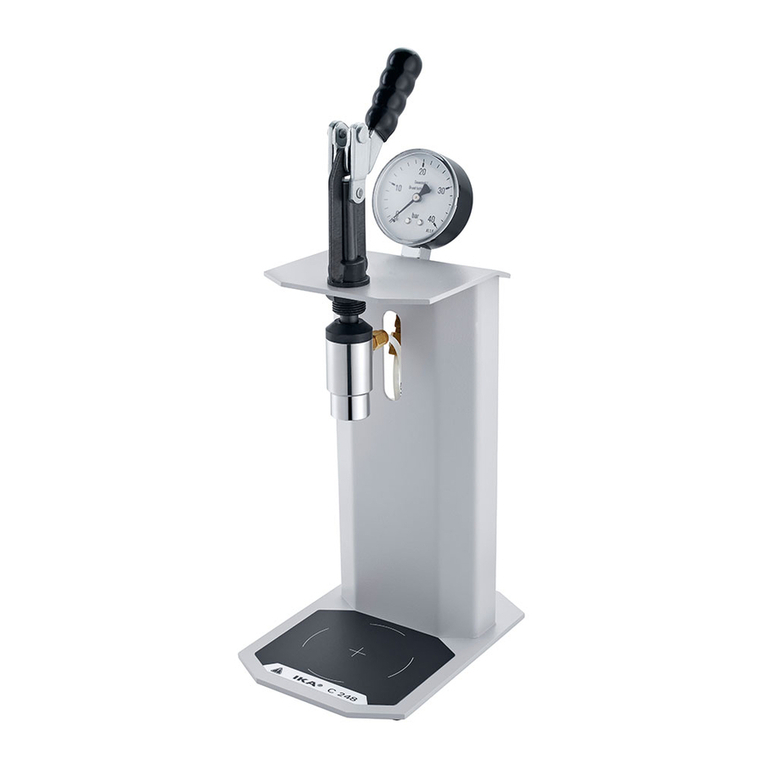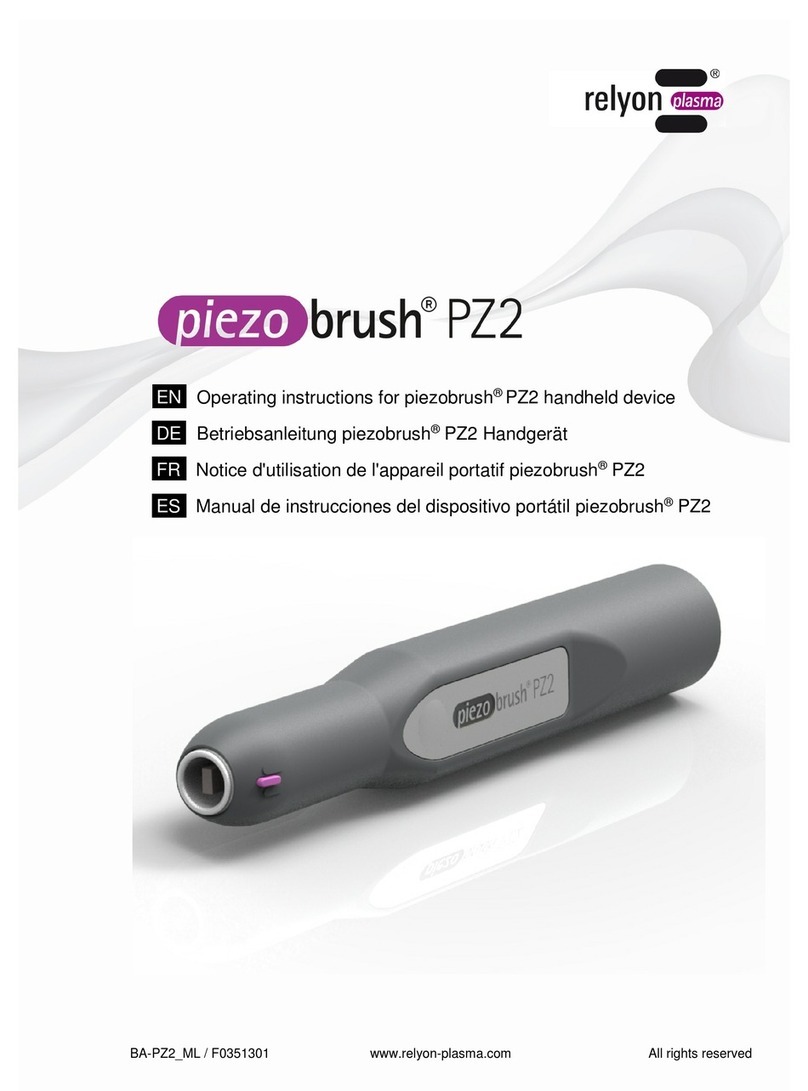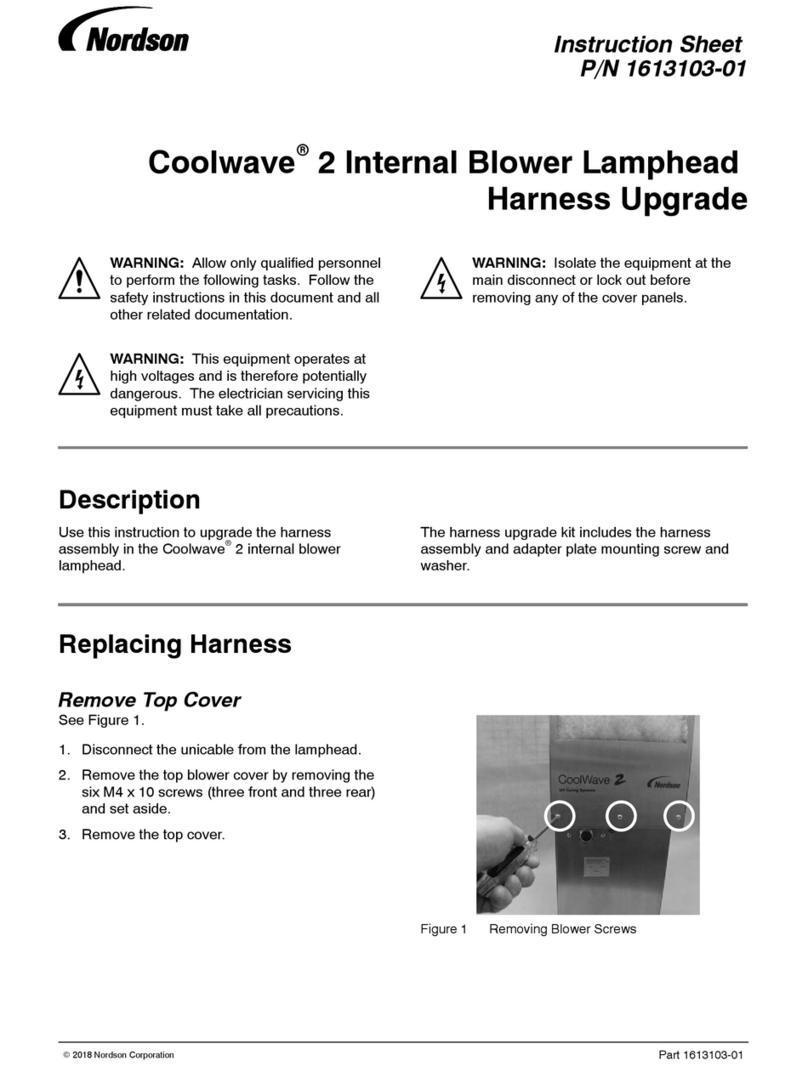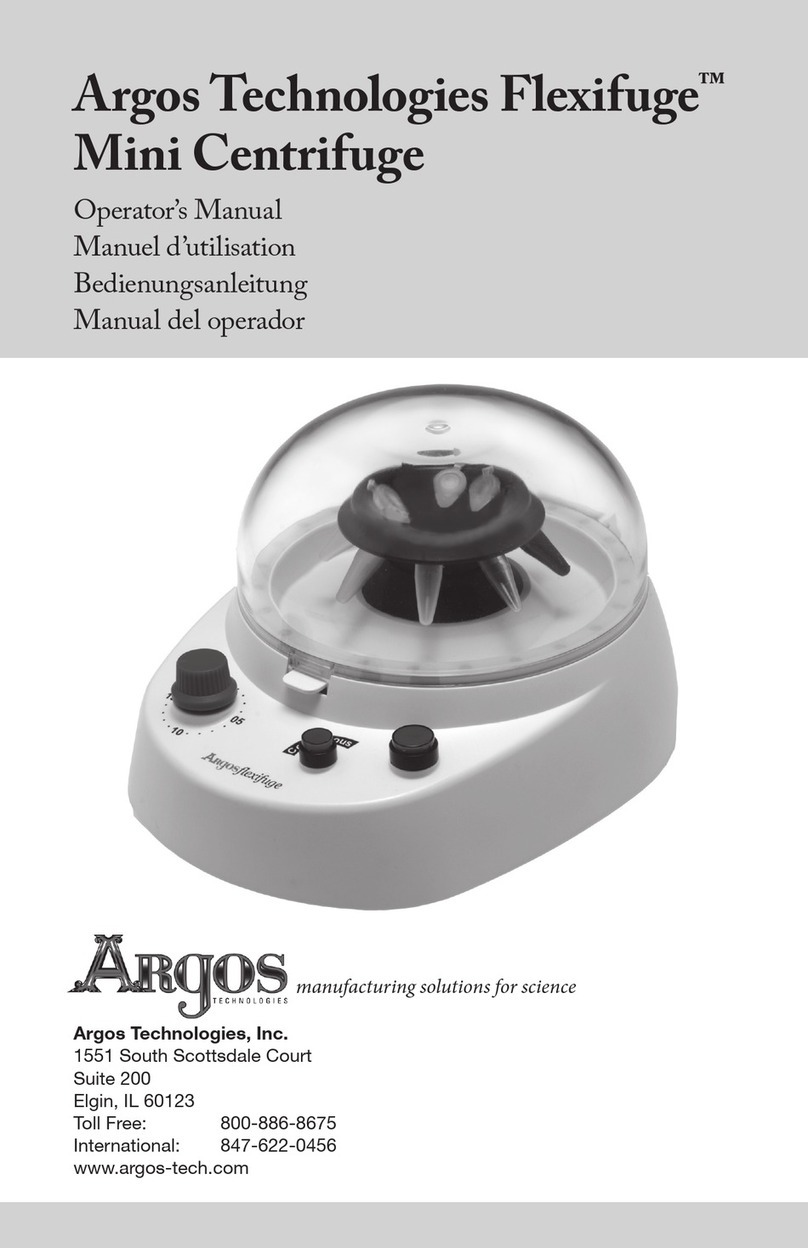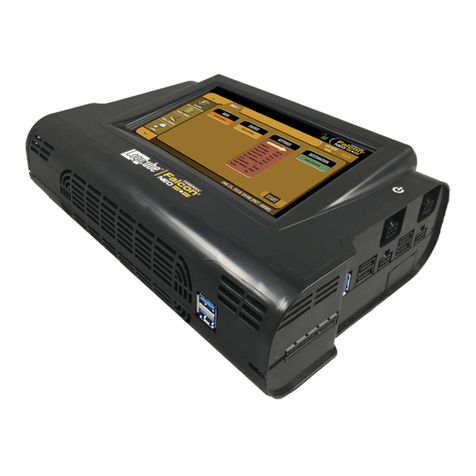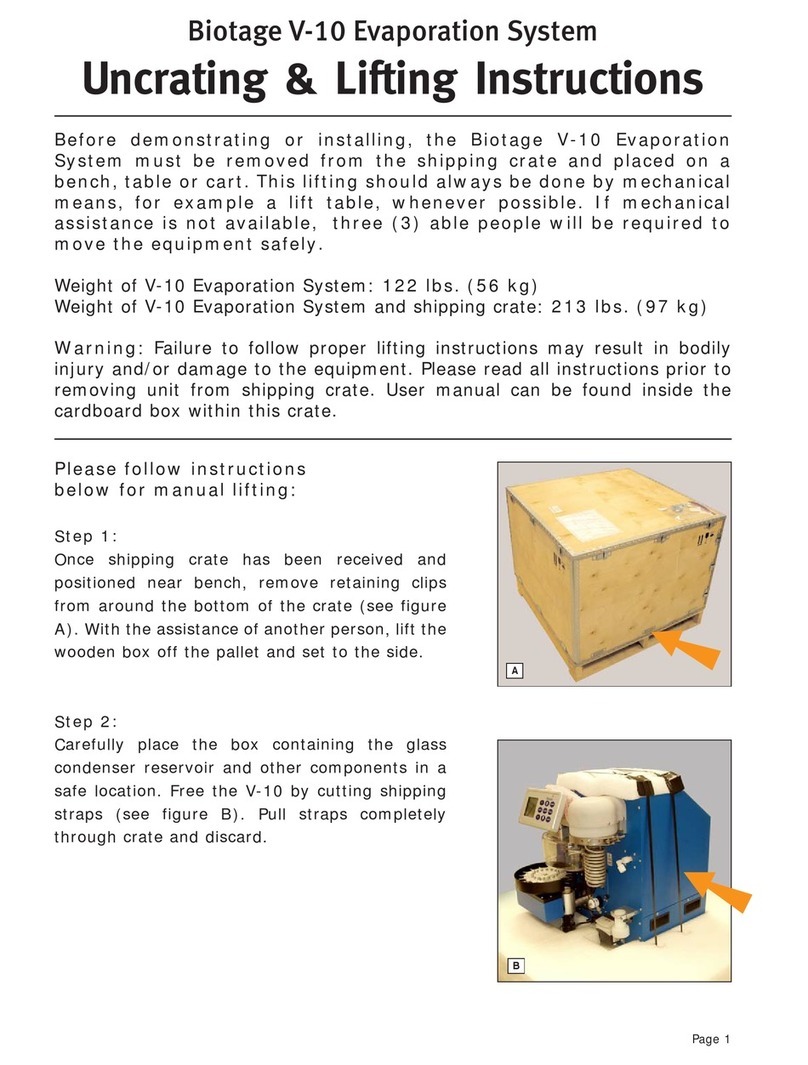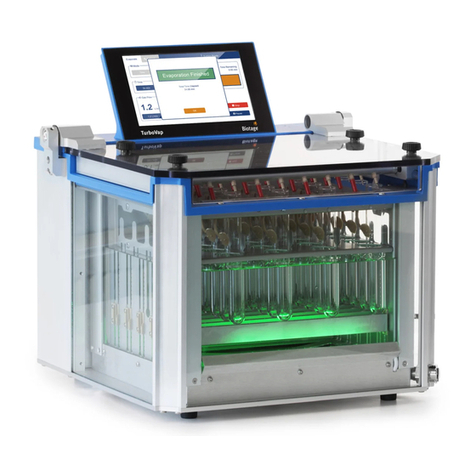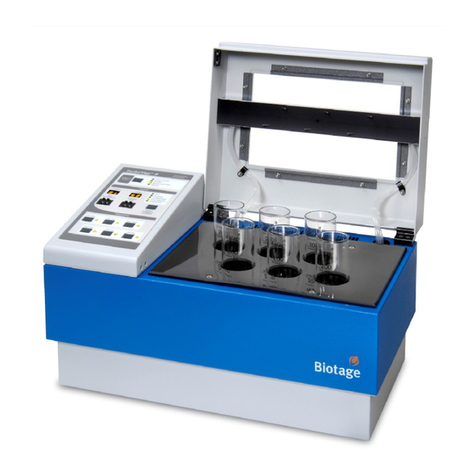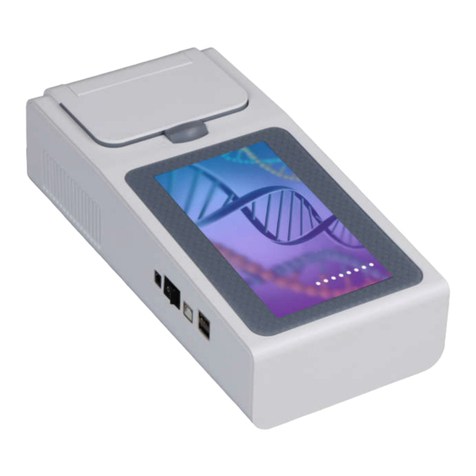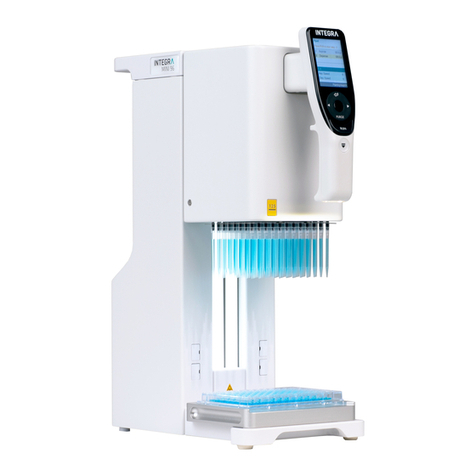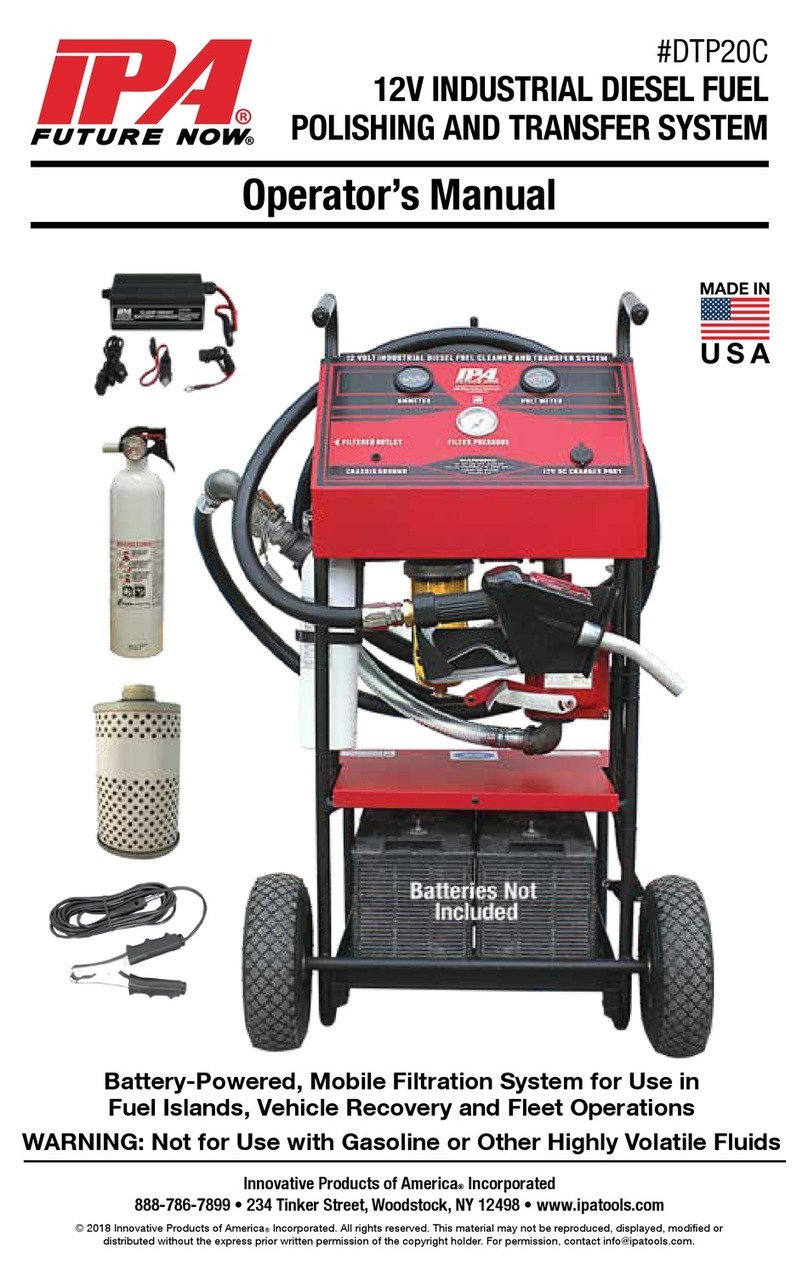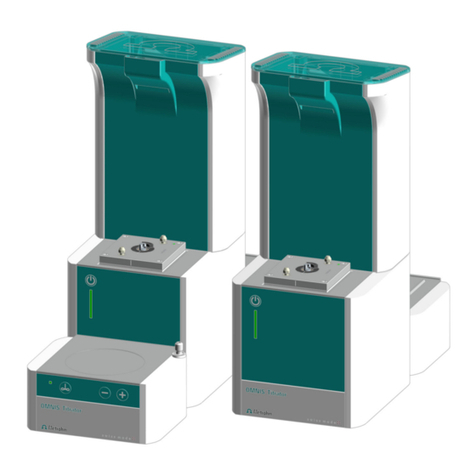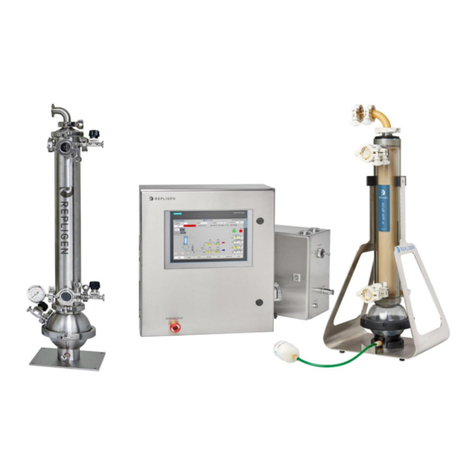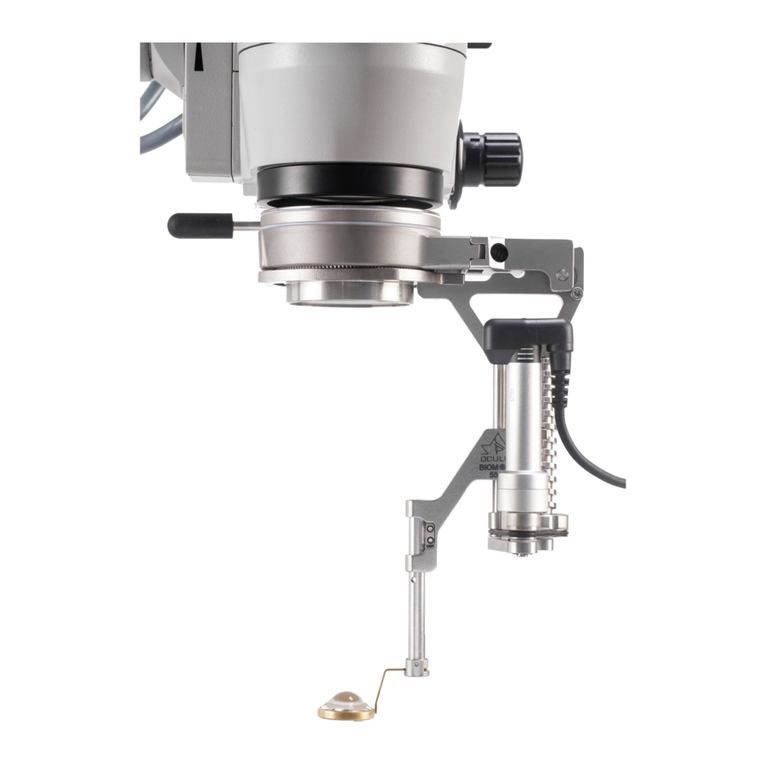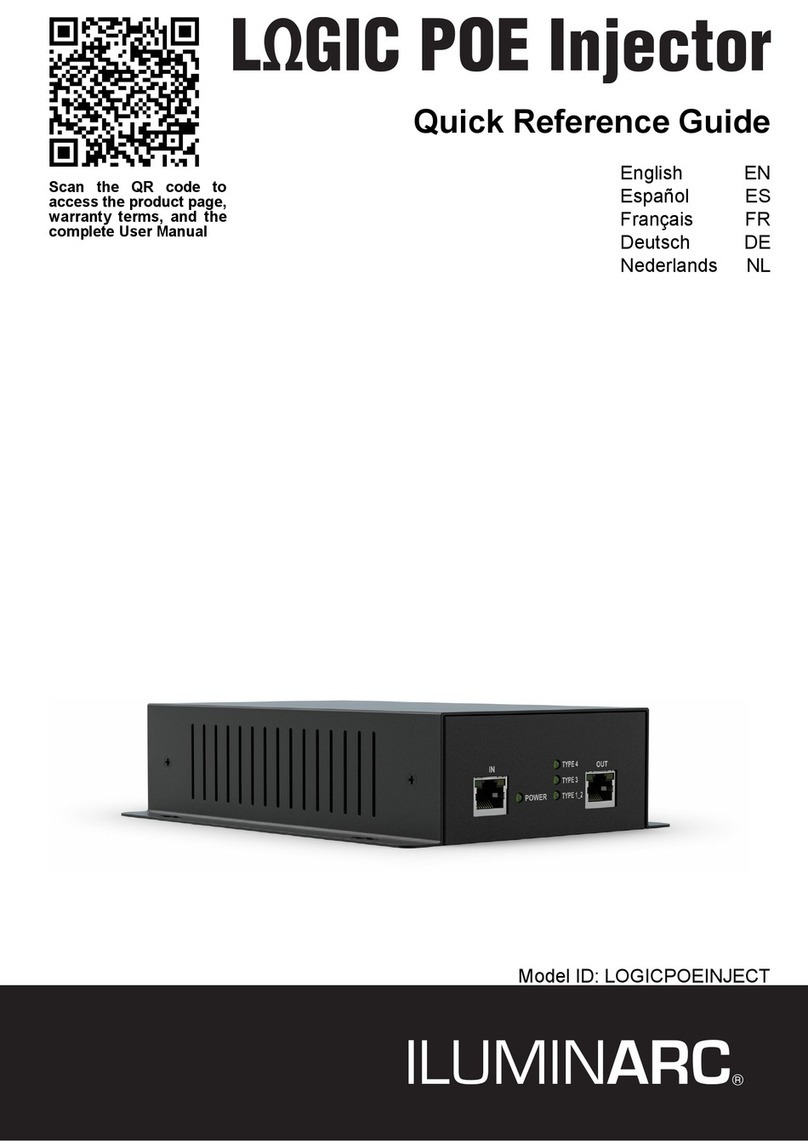
Before You Begin
Before You Begin
Buffer Preparation
»
Add the provided lyophilized RNase A to
Resuspension Buffer before use. Once RNase A is
added to Resuspension Buffer, the solution should
be stored at –˚C if not immediately used.
»
Check Lysis Buffer for precipitation due to low
storage temperature. In the case of precipitation,
dissolve by warming bottle(s) in water bath at
–˚C for – minutes and mix by inversion.
»
Store these buffers at ˚C overnight before use
for optimal yield:
»
Resuspension Buffer
»
Precipitation Buffer
»
Endotoxin Removal Buffer
»
Equilibration Buffer
»
To maintain the sterility of the equilibration buffer,
endotoxin removal buffer, and wash buffer when
aliquoting, use the fume hood and a flame. With the flame
and fume hood on, pass the buffer container lid and neck
through the flame and open the bottle while hovering
near the flame.
When pouring out the specified amount of buffer,
pour the buffer from the bulk bottle into the
specified container for the deck while hovering
near the flame. After aliquoting, flame through the
cap and opening of the bottle before closing.
Preparing Resuspension Buffer
You can add the RNase A to Resuspension Buffer when you
receive your kit. Once RNase A has been added to
Resuspension Buffer , store at –˚C.
Recommended Culture Conditions
for Optimal Results
The Biotage PhyPrep’s robust instrumentation and chemistry
allows for dense sample processing without the worry for
clogging or contamination. Because of the instrument’s
flexibility and scale, Biotage recommends growing denser
cultures compared to traditional manual preps.
Please follow the outlined recommendations for optimizing
culture growth:
Growth Medias
The use of rich medias has the highest impact on cell growth
density.
We recommend the following:
»
Terrific Broth (TB)
»
Thomson Plasmid+®
»
Agencourt Ale
Ratio of Media to Flask Size
Use a : ratio of media to flask size. The volume of media
should not exceed % of the flask volume. This is to allow
proper aeration of the culture during incubation and maximize
cell division.
Incubator Temperature and Shaking Frequency
We recommend incubating at °C and RPM. Larger
cultures require faster shaking speeds to properly aerate the
whole volume of cells. Certain plasmids (for example pUC)
will increase in copy number when grown at slightly higher
temperatures.
Starter and Overnight Culture Times
A smaller culture grown for – hours to inoculate the overnight
culture at a dilution of : is recommended. In rich media,
cultures may grow slightly longer for about hours overnight.
Growth Flask and Air Permeable Seal
Cell density in cultures can be further optimized using Thomson
flasks and seals.
»
Thomson Optimal Growth Flasks
»
Thomson AirOtop™Enhanced Seals
Harvest Cells
g pellet wet weight is needed for Maxiprep, achieved
by growing mL of an overnight bacterial culture.
g pellet wet weight is needed for Megaprep, achieved
by growing mL of an overnight bacterial culture.
g pellet wet weight is needed for Gigaprep, achieved
by growing mL of an overnight bacterial culture.
»
Centrifuge at ≥ x g for minutes. Discard supernatant.
»
The PhyPrep deck can be set up while waiting for cells to
pellet. See appropriate deck layout per desired method
for further instructions.





















